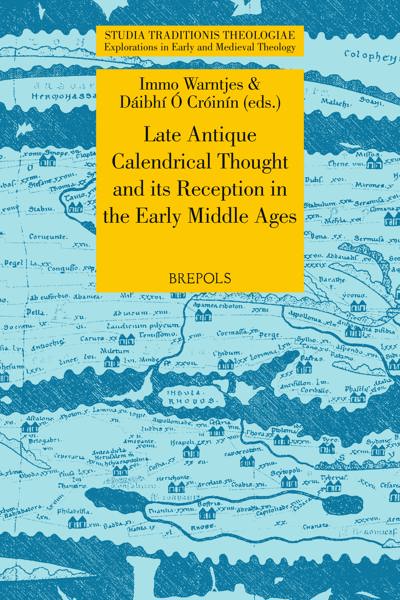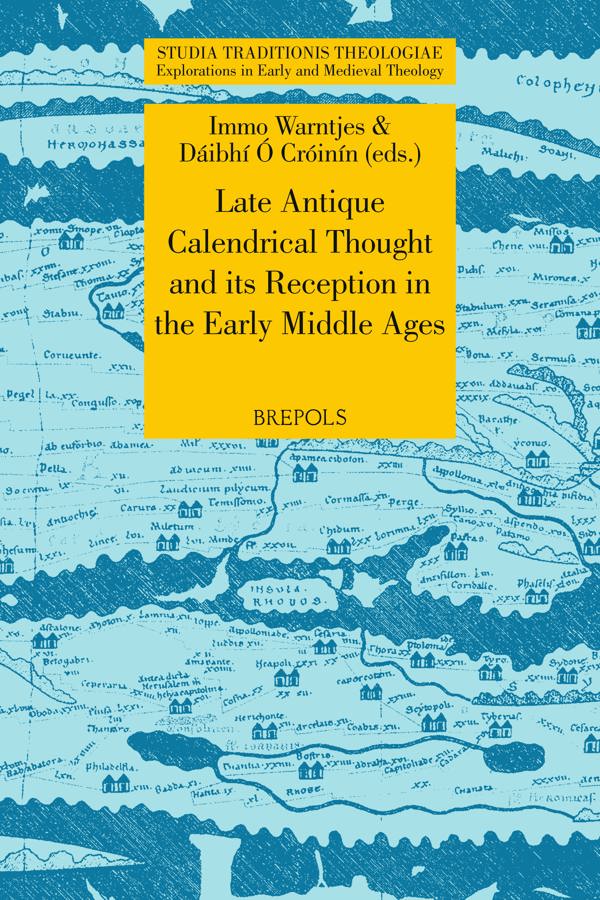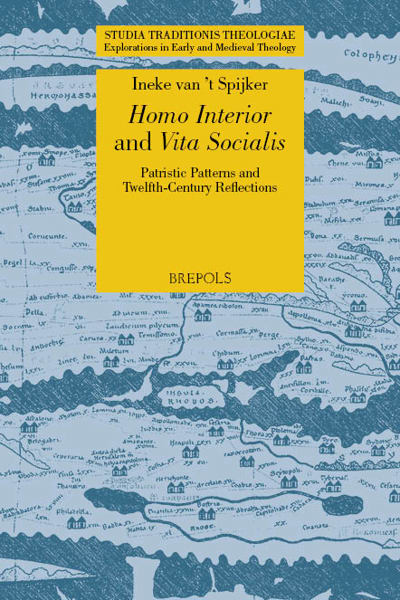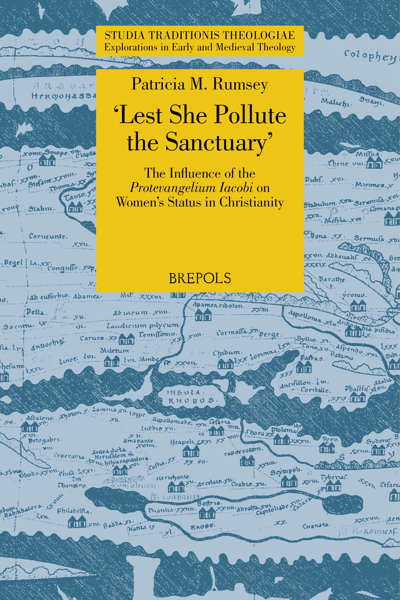
Late Antique Calendrical Thought and its Reception in the Early Middle Ages
Proceedings of the 3rd International Conference on the Science of Computus in Ireland and Europe, Galway, 16–18 July, 2010
Immo Warntjes, Dáibhí Ó Cróinín (eds)
- Pages: xiii + 391 p.
- Size:156 x 234 mm
- Illustrations:10 b/w
- Language(s):English, German
- Publication Year:2018
- € 85,00 EXCL. VAT RETAIL PRICE
- ISBN: 978-2-503-57709-8
- Paperback
- Available
- € 85,00 EXCL. VAT RETAIL PRICE
- ISBN: 978-2-503-57710-4
- E-book
- Available
“De manière générale, les éclairages apportés par cet ouvrage sur l’histoire du comput dans l’Antiquité tardive et le Haut Moyen Âge pourront profiter aussi bien aux spécialistes de ce domaine très technique qu’aux historiens et aux philologues travaillant sur les périodes en question.” (Jean-Baptiste Guillaumin, in: Mittellateinisches Jahrbuch, Band 55, 1 (2020), p. 153)
Immo Warntjes is Ussher Assistant Professor for Early Medieval Irish History at Trinity College Dublin.
Dáibhí Ó Cróinín is Professor of Early Irish & European History in the National University of Ireland, Galway.
Late antique and early medieval science is commonly defined by the quadrivium, the four subjects of the seven liberal arts relating to natural science: astronomy, geometry, arithmetic, and music. The seven-fold division of learning was designed in Late Antiquity by authors such as Martianus Capella, and these authors were studied intensively from the Carolingian age onwards. Because these subjects still have currency today, this leads to the anachronistic view that the artes dominated intellectual thought in Late Antiquity and the early Middle Ages.
Quite the contrary, the artes were an idealized curriculum with limited application in practice. Certainly, the artes do not help in our understanding of the intellectual endeavour between the early fifth and the late eighth centuries. This period was dominated by computus, a calendrical science with the calculation of Easter at its core. Only computus provides a traceable continuation of scientific thought from Late Antiquity to the early Middle Ages. The key questions were the mathematical modeling of the course of the sun through the zodiac (the Julian calendar) and of the moon phases (in various lunar calendars).
This volume highlights key episodes in the transmission of calendrical ideas in this crucial period, and therewith helps explaining the transformation of intellectual culture into its new medieval Christian setting.
Alden Mosshammer – Towards a new edition of the Computus of AD 243
Jan Zuidhoek – The initial year of De ratione paschali and the relevance of its paschal dates
Daniel Mc Carthy – The paschal cycle of St Patrick
Luciana Cuppo – Felix of Squillace and the Dionysiac computus II: Rome, Gaul, and the insular world
Brigitte Englisch – Osterfest und Weltchronistik in den westgotischen Reichen
David Howlett – An addition to the Hiberno-Latin canon: De ratione temporum
Marina Smyth – Once in four: the leap year in early medieval thought
C. Philipp E. Nothaft – Chronologically confused: Claudius of Turin and the date of Christ’s passion
Lisa Chen – What difference a day makes: the eighth day of the week in book 10 of Hrabanus Maurus’ De rerum naturis
Dáibhí Ó Cróinín – Archbishop James Ussher (1581–1656) and the history of the Easter controversy




